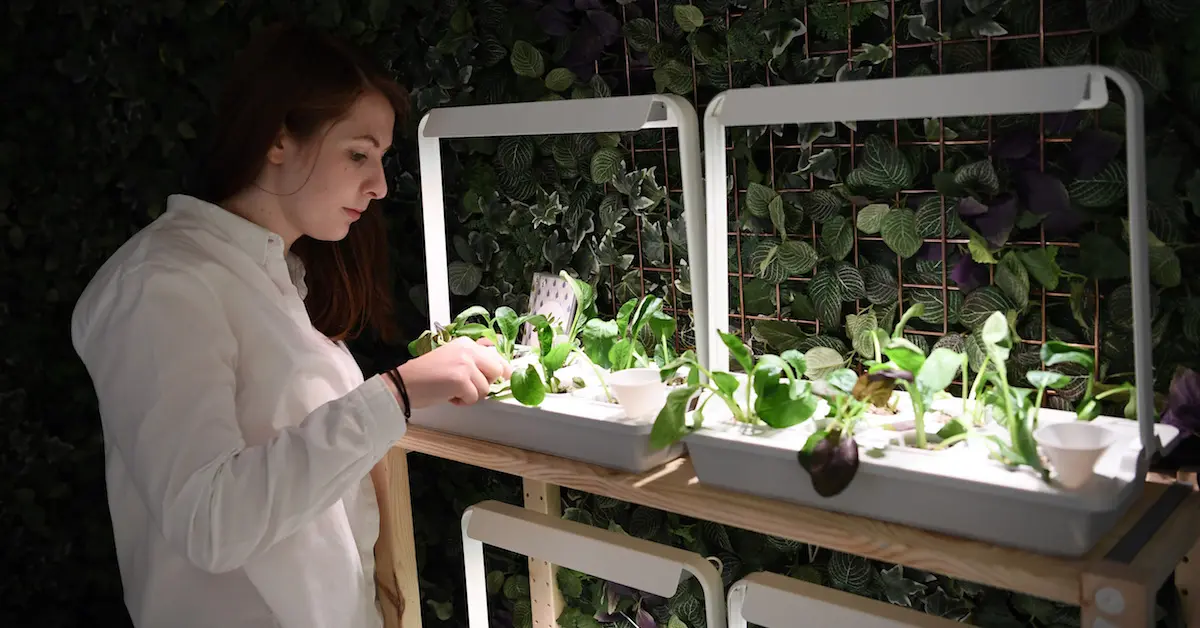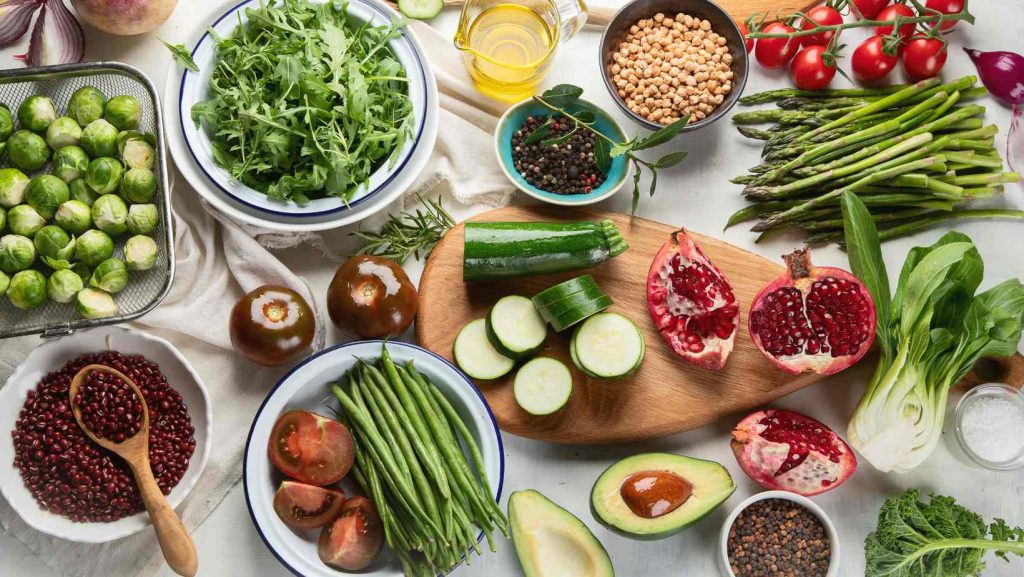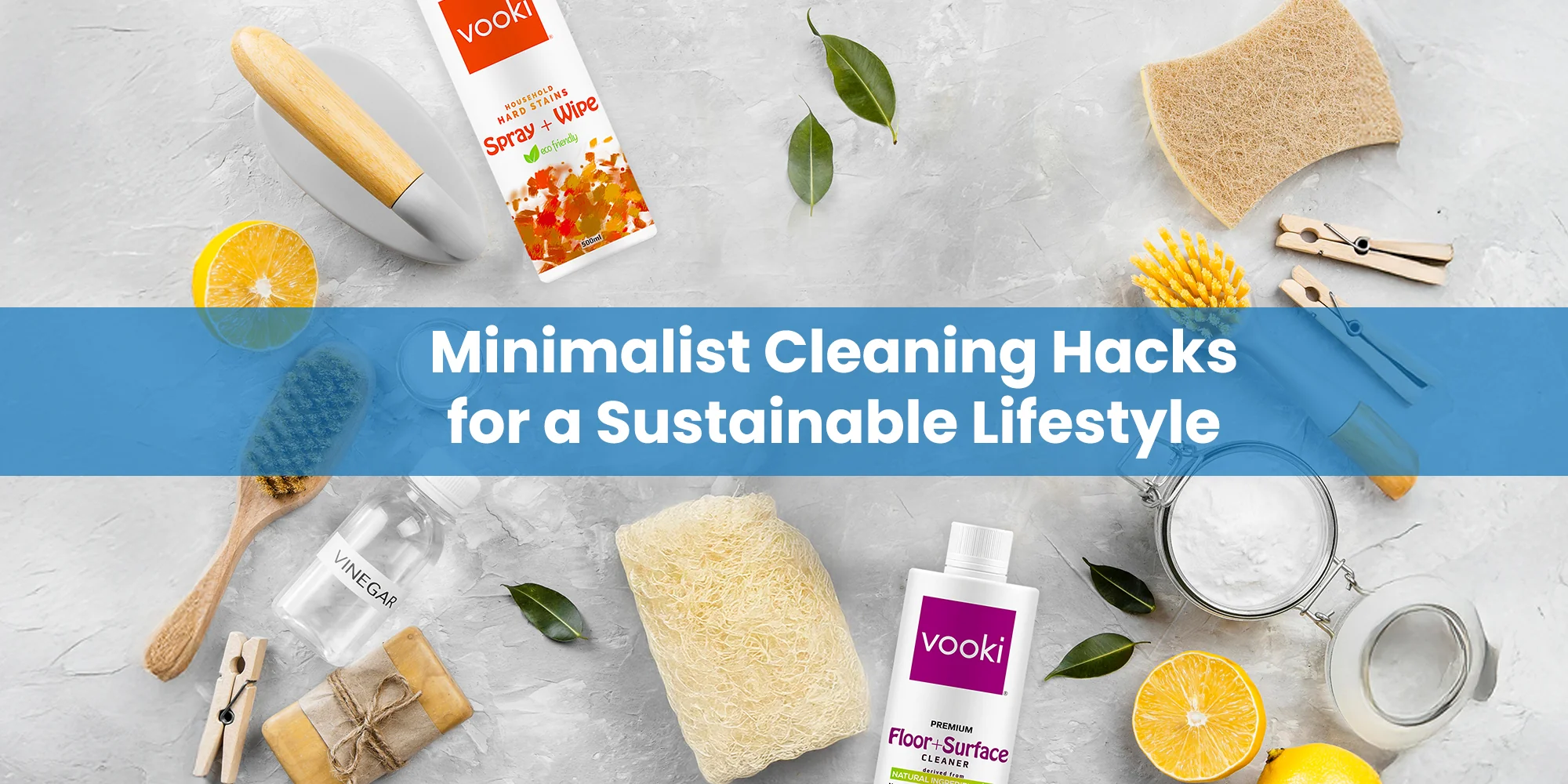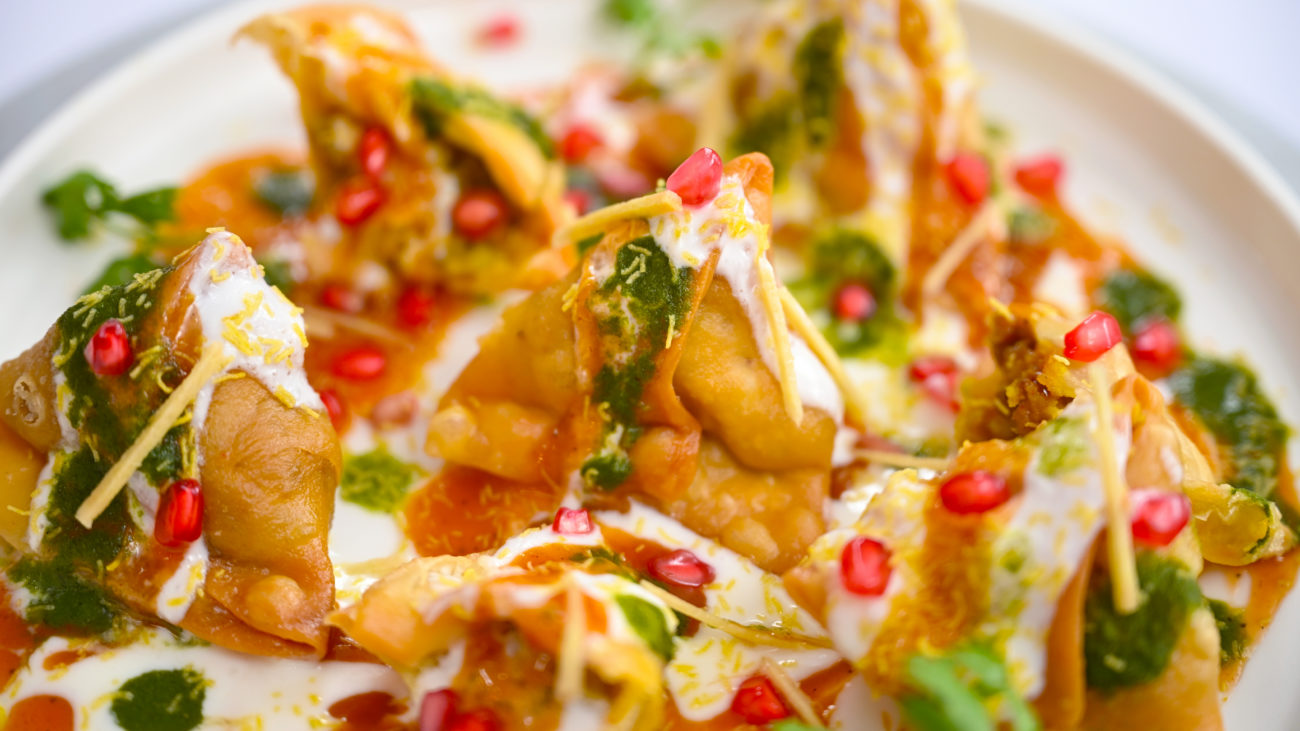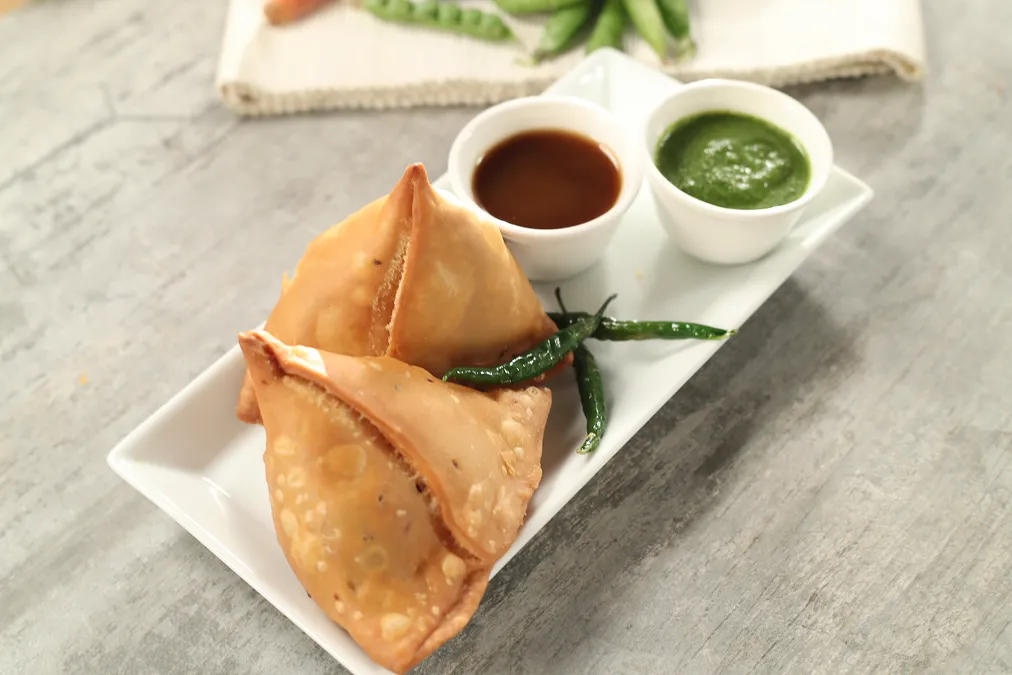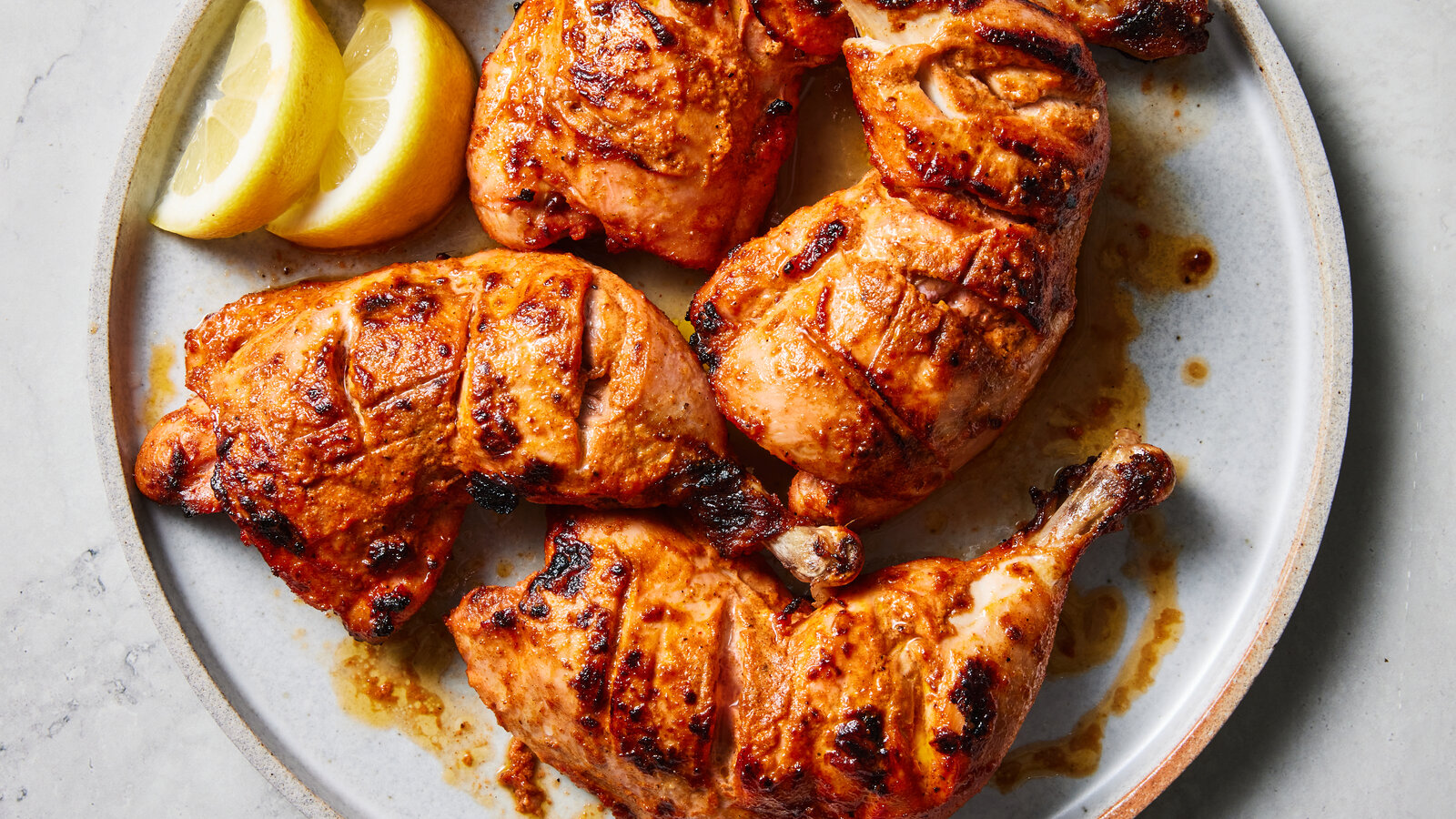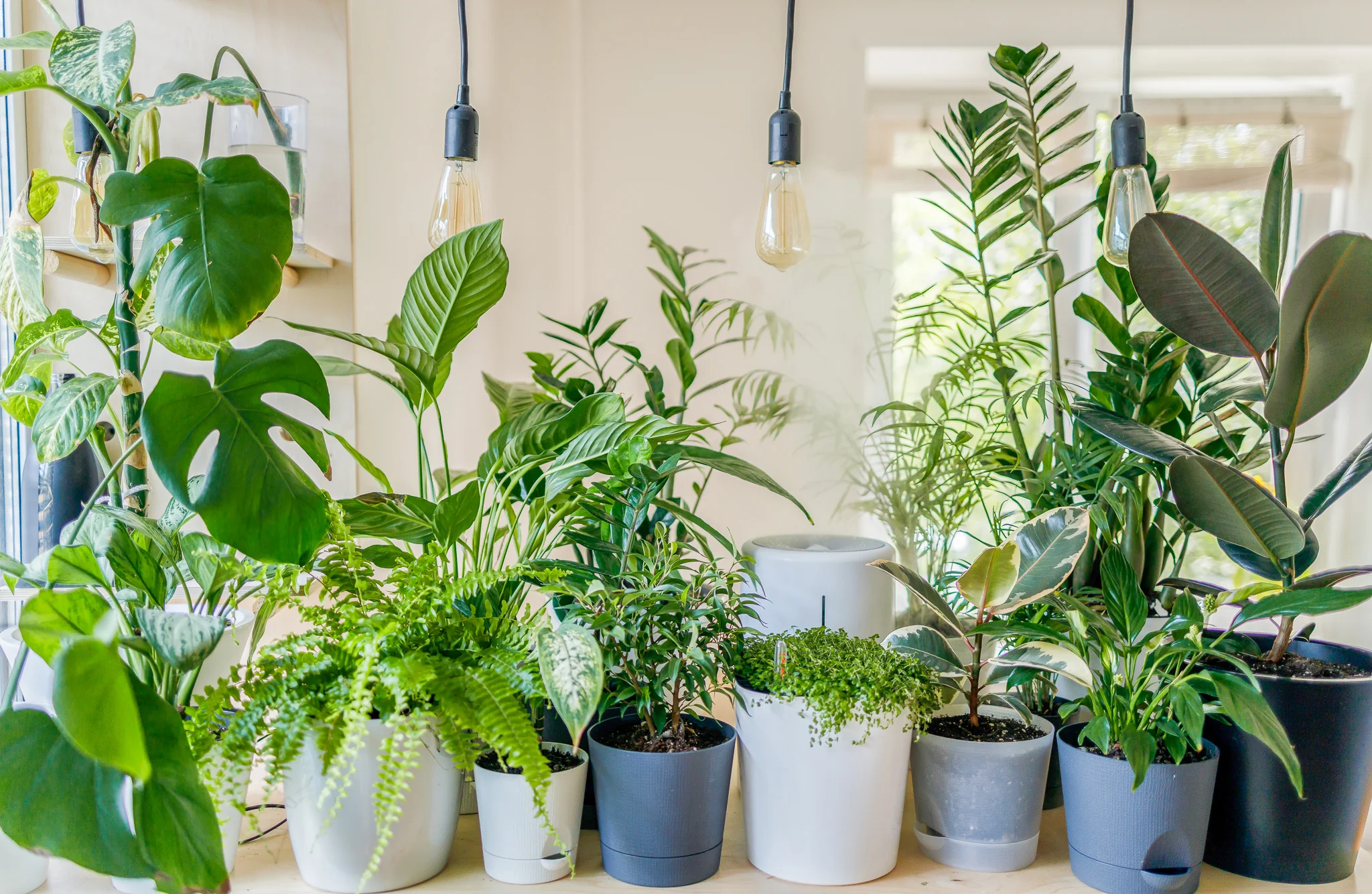Plant-based eating can be both healthy and budget-friendly. You do not need fancy or imported ingredients to make it work. With careful planning, local shopping, and simple cooking habits, you can enjoy nutritious meals without overspending. This article explains how to live plant-based on a tight budget in India. It includes shopping strategies, affordable protein options, cooking tips, meal plans, and answers to common questions. Everything is written in simple language with short sentences for easy reading.
Why a Plant-Based Diet Can Cost Less
Plant foods like pulses, grains, and seasonal vegetables are often cheaper per serving than meat, eggs, or fish. Many studies show that plant-forward diets can cost less than mixed diets when planned well. In India, lentils and other pulses are affordable staples that provide protein, fibre, and energy. Buying in bulk further reduces costs. Cooking at home instead of relying on restaurants or processed foods also helps save money.
Start with a Budget Mindset
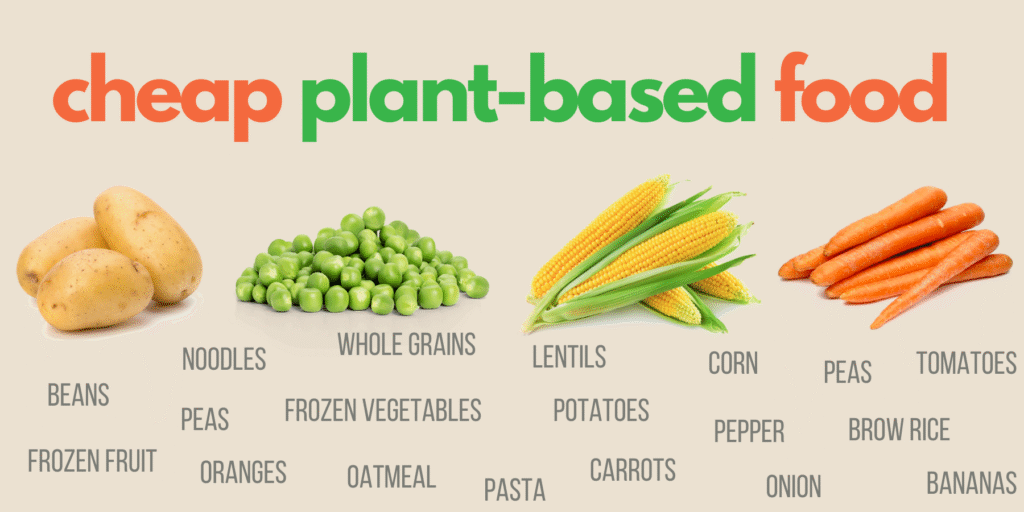
Eating plant-based on a budget requires some planning. Begin by creating a weekly meal plan. This prevents waste and unnecessary spending. Buy staples such as rice, atta, and pulses in larger packs. Choose seasonal fruits and vegetables as they are cheaper and fresher. Cook larger batches and freeze portions to save time and money. Make sure every meal has a source of affordable protein, such as dal, peanuts, or soya. These small habits add up and make plant-based living easier.
Where to Shop Smart in India
Local mandis and weekly haats usually offer the lowest prices for fresh fruits and vegetables. Supermarkets and wholesale shops are good for bulk staples like rice, wheat, and pulses. Look for refill packs of dals and millets to reduce cost. Frozen vegetables, such as peas, corn, and spinach, can be cheaper in the long run because they reduce spoilage. Since they are harvested and frozen at peak ripeness, they retain nutrients and make a good backup when fresh produce is too expensive.
Also Read Best Journaling Prompts for Intentional Living: A Complete Guide for Indian Readers ✍️🌿
Budget-Friendly Staples for Plant-Based Living
Certain ingredients form the backbone of a budget-friendly plant-based diet:
- Pulses and dals: moong, masoor, toor, chana, rajma, kala chana.
- Whole grains and millets: rice, wheat, ragi, jowar, bajra, foxtail millet.
- Affordable proteins: soya chunks, tofu (when reasonably priced), roasted chana, peanuts.
- Vegetables: seasonal produce, leafy greens, onions, potatoes, tomatoes.
- Frozen staples: peas, spinach, and mixed vegetables to reduce waste.
- Nuts and seeds in small amounts: flaxseed, sesame, groundnuts.
Millets are highly nutritious, rich in fibre and minerals, and can be cheaper than rice or wheat when bought locally. They also keep you full for longer, which helps control food costs.
Getting Enough Protein on a Budget
Protein is often a concern for people moving to a plant-based diet. But it is possible to meet your needs with affordable Indian foods.
- One bowl of dal gives 10–15 grams of protein.
- Half a cup of cooked rajma, chole, or kala chana gives 7–10 grams.
- A handful of peanuts or roasted chana adds 6–8 grams.
- Soya granules and chunks are inexpensive and protein-dense.
Combine pulses with grains, like rice and dal or roti and chana, for complete protein. Spread protein sources across meals instead of eating too much at once. This helps with energy and muscle strength.
The Power of Millets in Saving Money
Millets such as ragi, jowar, bajra, and foxtail millet are affordable, nutritious, and grown locally in many Indian states. They are less processed, store well, and provide fibre, calcium, and minerals. Replacing some rice or wheat meals with millet can improve nutrition and reduce food expenses. Millets are also being promoted across India for their health and sustainability benefits.
Fresh vs Frozen Produce
Fresh produce is always good when bought in season. But frozen vegetables can be just as nutritious and sometimes more affordable. Since they are processed at peak freshness, they hold on to vitamins and minerals. Frozen peas, corn, and spinach are useful for curries, pulao, khichdi, and parathas. They also reduce waste because they last longer than fresh vegetables.
Grow, Swap, and Save with Community Options
If you have a small balcony or terrace, grow curry leaves, coriander, spinach, or chillies in pots. Even a single plant can cut down grocery costs. In some neighbourhoods, people exchange home-grown herbs or sprouts. Farmer cooperatives and local gardens may also sell fresh produce at lower prices. These community-based options reduce middlemen costs and give you fresher, chemical-free food.
Cooking Smarter with Batch Meals
Batch cooking is one of the best ways to eat well on a budget. Cook a large pot of dal, rajma, or chole and store portions in the fridge or freezer. Prepare extra rice, millet, or atta dough in advance. Leftovers can be reused creatively. Dal and rice can become khichdi. Leftover vegetables can go into a paratha or pulao. Homemade chutneys and pickles add taste without needing expensive sauces.
Homemade versions of common foods are always cheaper. Peanut chutney, hummus made from chana or rajma, or oat milk made at home can all save money compared to branded versions.
Saving on Spices and Flavour
Indian cooking is rich in flavour, but you do not need dozens of spices. A small set of basics works well: turmeric, chilli powder, coriander powder, cumin seeds, mustard seeds, hing, and garam masala. Buy whole spices in bulk and grind them at home to save money. Coriander leaves can be grown easily in a small pot for fresh garnish.
Budget Meal Plan Examples
Here are two examples of daily plant-based meal plans that are affordable and balanced:
Example 1 (very low cost):
- Breakfast: Poha or upma with peanuts and chopped vegetables.
- Lunch: Moong dal + rice + cucumber salad + spinach sabzi.
- Snack: Roasted chana or a banana.
- Dinner: Roti + mixed vegetable curry + homemade pickle.
Example 2 (protein-focused):
- Breakfast: Besan chilla with onion and tomato.
- Lunch: Chole with brown rice or millet.
- Snack: Sliced cucumber with peanut chutney.
- Dinner: Soya curry + jowar roti + green salad.
Batch cooking these meals reduces effort, saves gas, and lowers food waste.
When to Choose Fortified Foods
Sometimes buying fortified foods is a smart choice, even on a budget. In India, fortified rice and atta are available in many government programs and shops. They provide iron, folic acid, and sometimes vitamin B12. For people who do not eat animal products, these fortified staples help cover nutritional gaps at a very low cost.
Common Pitfalls to Avoid
- Buying expensive vegan substitutes like plant-based meats or imported nut milks.
- Wasting fresh vegetables due to poor planning.
- Purchasing many small packets instead of bulk packs.
- Forgetting daily protein sources.
Sticking to whole, local foods keeps your diet balanced and affordable.
Food Storage and Waste Reduction
Wash vegetables well and dry leafy greens before storing. Keep grains and pulses in airtight containers to prevent pests. Label frozen foods with dates so you use older items first. Store cooked food in steel containers to keep it fresh. These small habits reduce waste and save money every week.
Simple Weekly Shopping List
- 2–3 kg rice or 2 kg millet (mix both if possible)
- 2–3 kg whole-wheat atta
- 2–3 kg mixed dals (moong, masoor, chana)
- 500 g peanuts + 250 g roasted chana
- 1–2 kg seasonal vegetables
- 1 kg onions, 1 kg potatoes, a few tomatoes
- Basic spices: turmeric, chilli, coriander, cumin, mustard seeds
- 1 litre oil + 200 g jaggery or sugar
Adjust according to family size. Buying staples monthly and produce weekly keeps costs low and food fresh.
FAQs About Plant-Based Living on a Budget
Q: Can I get enough protein without spending a lot?
Yes. Pulses, soya, peanuts, and millets are cheap protein sources. Eating them daily is enough for most people.
Q: Are frozen vegetables healthy?
Yes. Frozen vegetables are harvested at peak ripeness and frozen quickly. They keep nutrients and are often cheaper in the long run.
Q: Are millets affordable?
Yes. Locally grown millets are often cheaper than rice or wheat and provide more nutrition.
Q: What about Vitamin B12?
Vitamin B12 is not found in most plant foods. If you are fully vegan, choose fortified foods or take an affordable supplement after consulting a doctor.
Q: How do I save time while cooking plant-based?
Batch-cook dals, prepare dough in advance, use frozen vegetables, and plan meals for the week.
Final Thoughts
Plant-based living on a budget is possible, practical, and healthy in India. With smart shopping, simple cooking, and local choices, you can enjoy nutritious meals while saving money. Pulses, millets, and seasonal vegetables form the base of affordable plant-based diets. Small steps like batch cooking, reducing waste, and using fortified staples when needed can make a big difference. Start with one change at a time and slowly build a lifestyle that is easy, affordable, and sustainable.
Author- Ayush



